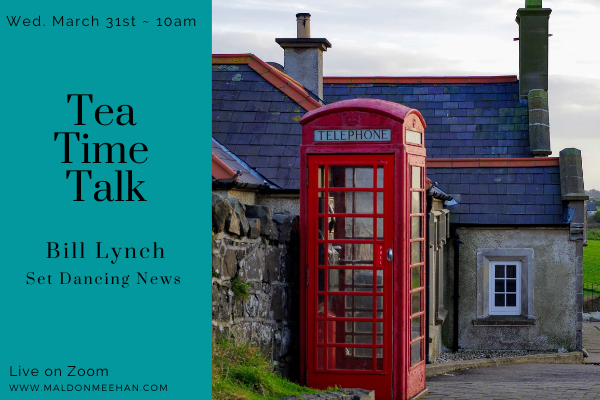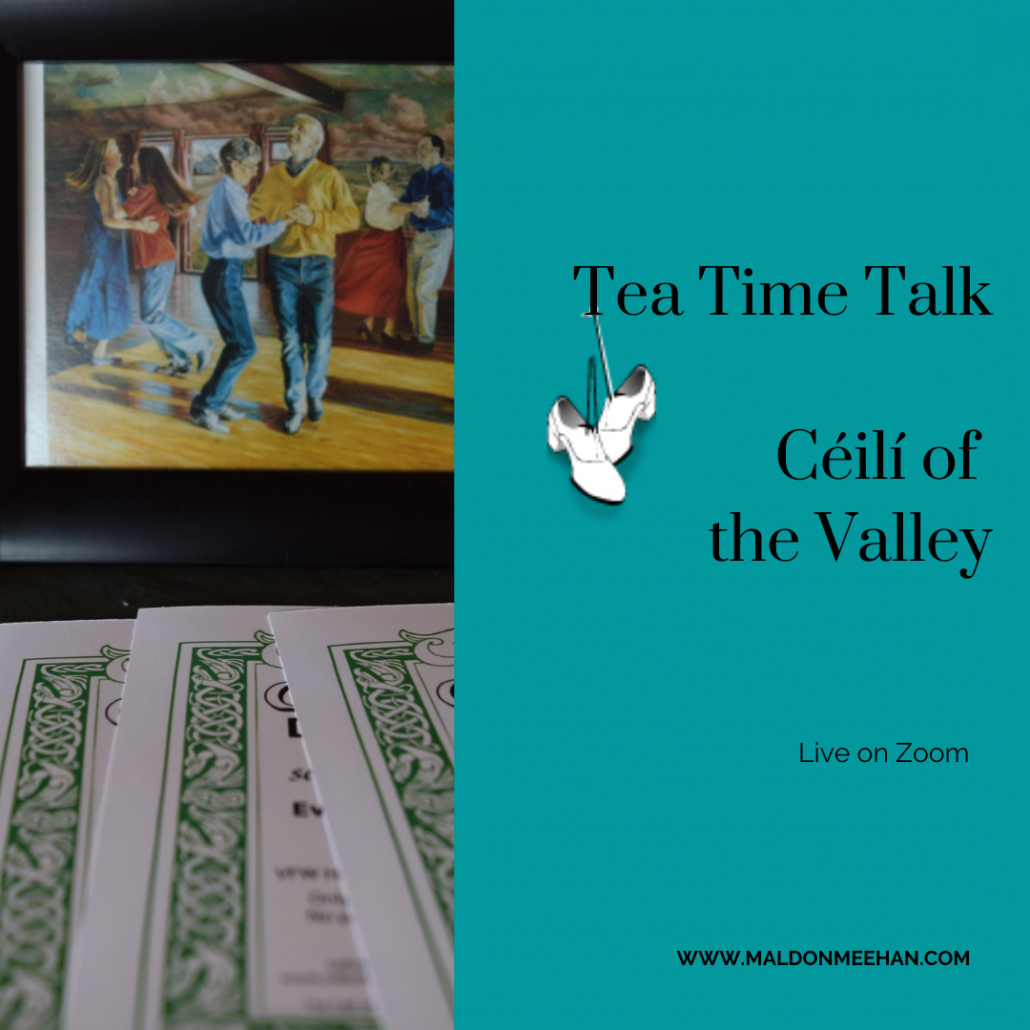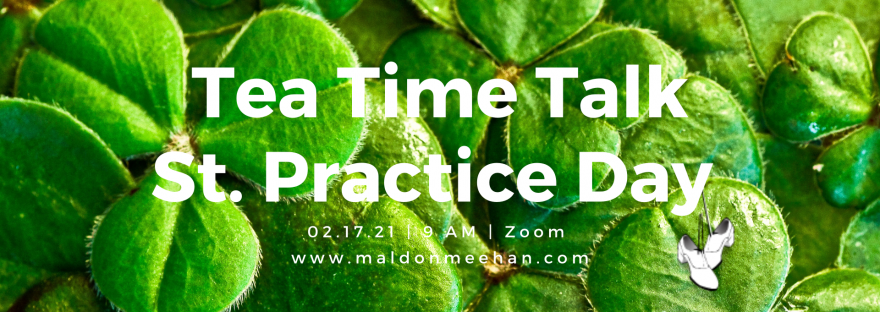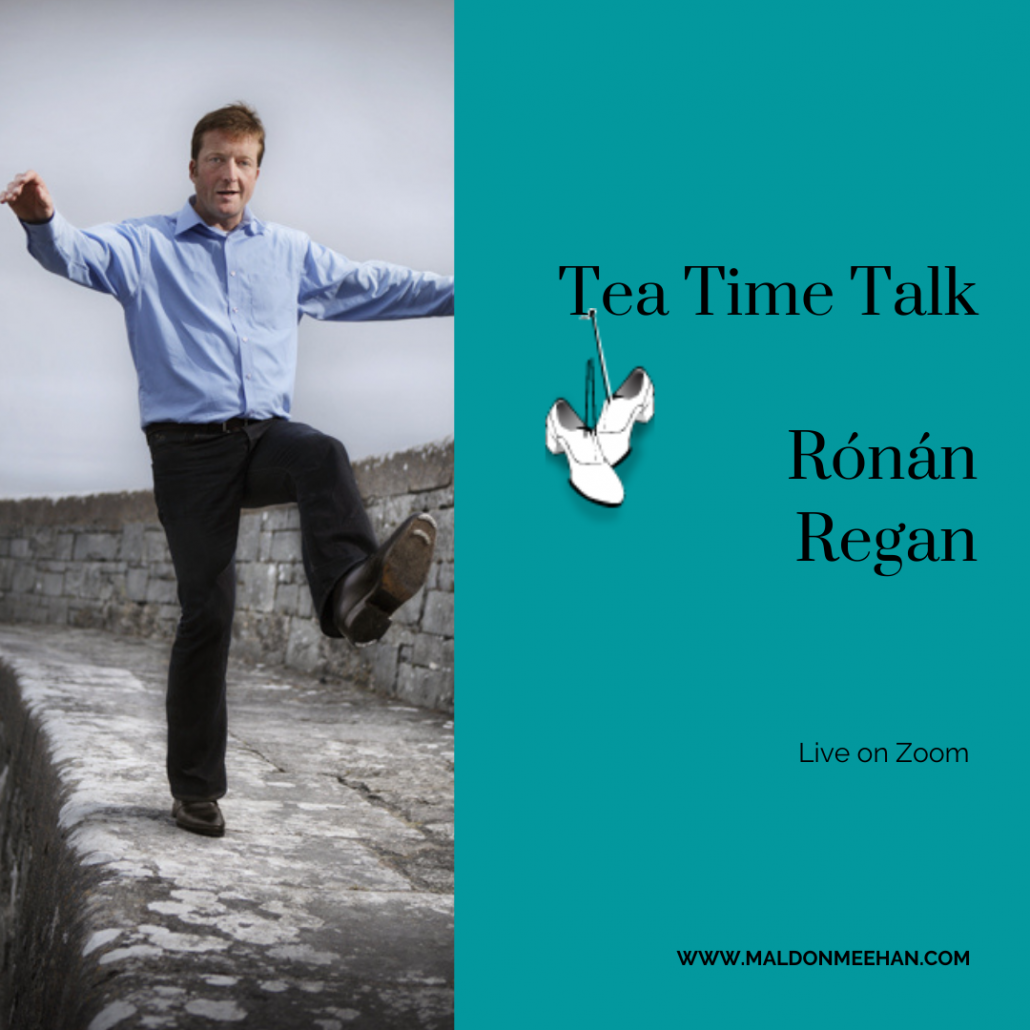Sean’s musical interests focus strongly on Irish-language songs and fiddle tunes, but also musics from Indonesia, Brazil, and Japan. Her books include Bright Star of the West: Joe Heaney, Irish Song-Man, which she co-wrote with Lillis Ó Laoire, and the textbook Focus: Irish Traditional Music. Sean was very fortunate to have studied with the sean-nós or old-style Connemara singer Joe Heaney in the last several years of his life, and counts him as one of her most important musical influences. She has also learned sean-nós songs from Gearóidín Breathnach, Máirín Uí Chéide, Lillis Ó Laoire, Celia Ní Fhátharta, Bridget Fitzgerald, and many others.





